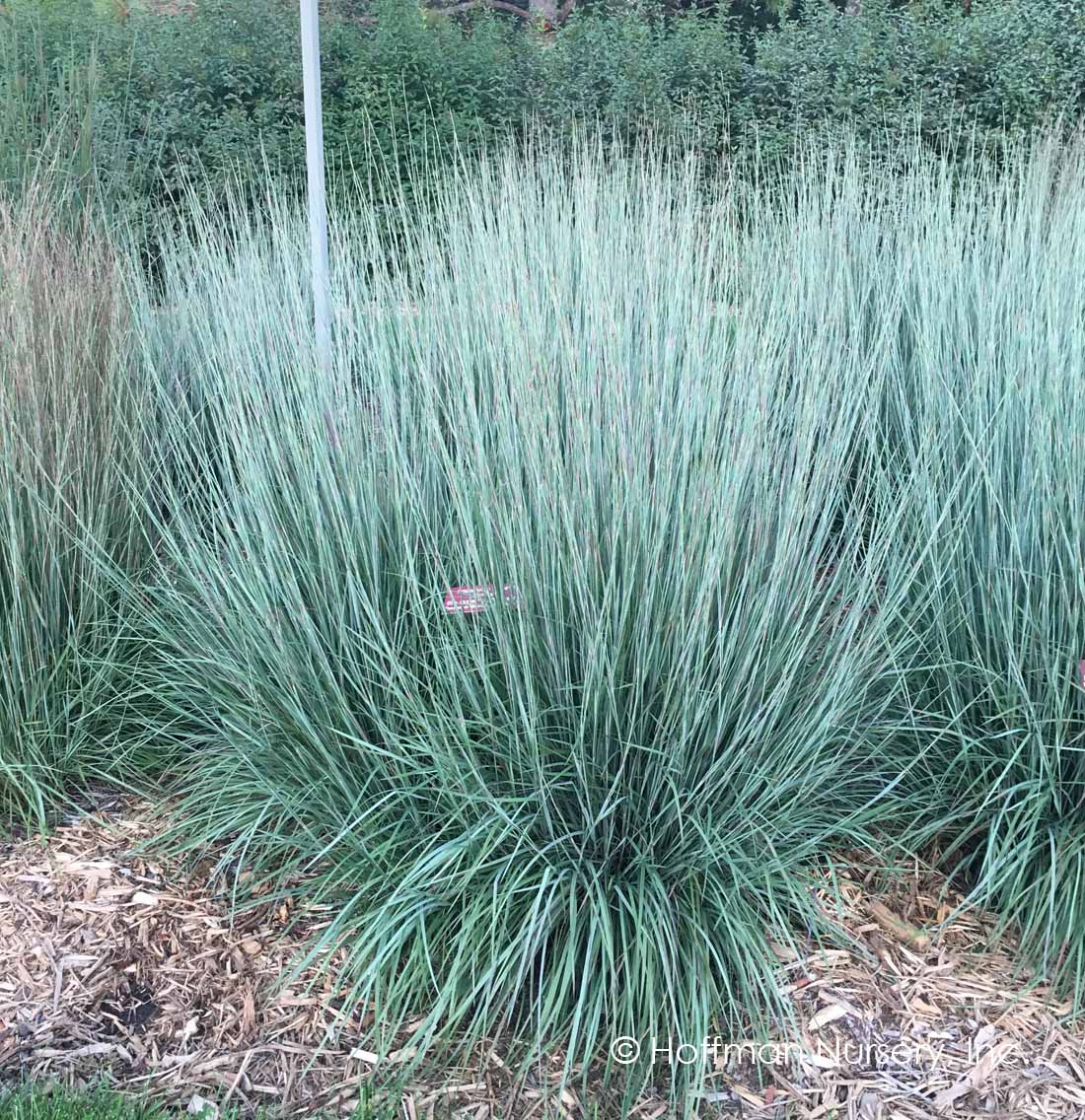

Orders over $35 for any combination of items in my shop ship for free!Īll of my seeds are tested and guaranteed. I combine shipping on all seed orders, you pay one flat fee for as many seeds as you would like for no additional shipping. In warmer climates, store them in your refrigerator first. In cool climates, plant now for a spring emergence. Germination is greatly improved by either storing the seeds in your refrigerator for 30-60 days or sowing in very early spring so that the seeds are exposed to temperatures in the 40's, then 60's and finally in the 70's which is typically when the seeds sprout. It is a native prairie grass that helps against erosion and provides a source of food for wildlife in the summer with its pretty pretty pink plumes.

Hardy down to zone 3, (zones 3-9) little bluestem adds seasonal interest year round. It actually grows 2-3 feet tall and 1 foot wide and makes for an impressive display. Little Bluestem is like the big sister of fescue but much larger and really isn’t “little” at all.

#Sisachryium blue stem grass how to#
Please see below and check back often for resources on why and how to graze native warm-season grasses. It turns red in autumn and them to coppery red in the winter. Consider Grazing Kentucky Bluestem Kentucky bluestem is a native warm-season grass (NWSG) that can be implemented into your current cool-season grass (CSG) grazing or haying system. In spring it is a powdery blue, turning to a purple at the base in summer with pretty rosy plumes that are an amazing contrast to the blue foliage. Follow the directions for that variety as far as spacing is concerned. Various varieties are anywhere from 3-7 feet tall and spread 1-4 feet. It would be best to use a named variety for container planting so that the mature height and spread can be considered. It is protected by patent number PP26283.A beautiful grass that provides a variety of coloring year round. In general, Bluestem is seen as a forage/field grass and is seed planted. This cultivar was discovered as a seedling of Andropogon gerardii 'Indian Warrior' and introduced by Intrensic Perennial Gardens, Inc. Leaves emerge deep green with red highlights in spring, remain green through much of the summer, change to purplish-red to purple by late summer and finally turn a vivid scarlet red after first fall frost. An excellent garden performer with a clumping form and upright habit. 'Red October' is primarily distinguished from the species by its slightly shorter height, deeper green summer foliage and brilliant scarlet red fall color. Specific epithet honors Louis Gerard (1733-1819), French physician and botanist. Genus name comes from the Greek words aner or andros meaning man and pogon meaning beard in reference to the hairs on the spikelets of some species in the genus. Flowering stems bring total height of this grass to 4-8' tall (typically at the taller end in moist soils and the shorter end in dry soils). Flowering stems rise in late summer above the foliage clump bearing purplish 3-parted, finger-like flower clusters (to 4" long) purportedly resembling turkey feet (hence the additional common name of turkeyfoot grass for this species). It features an upright clump of stems with flattened leaves (to 2' long and 3/8" wide) which emerge gray to blue green in spring, mature to green with red tinges in summer and turn reddish bronze with lavender tones in autumn after frost. It may be grown as an ornamental grass because of its attractive foliage which changes color seasonally, its good architectural height and its interesting flower/seed heads. Andropogon gerardii, commonly called big bluestem grass, is a tall, Missouri native, perennial, warm season grass that was the dominant grass of the tallgrass prairie which once covered large parts of the Midwest.


 0 kommentar(er)
0 kommentar(er)
